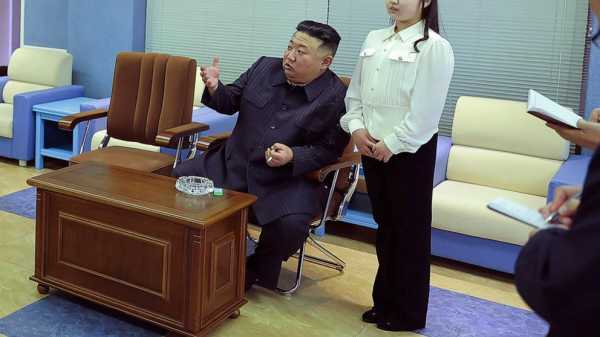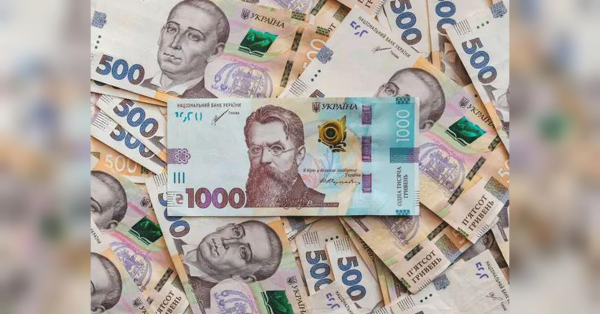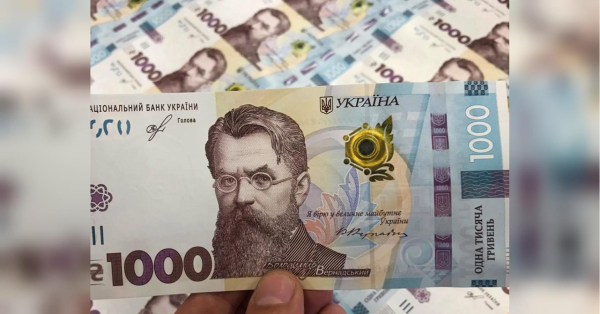
SEOUL, South Korea — North Korean leader Kim Jong Un said his country has built its first-ever military spy satellite and that he planned to launch it on an undisclosed date, state media reported Wednesday.
Previous missile and rocket tests have demonstrated that North Korea can send satellites into space, but many experts question whether it has cameras sophisticated enough to use for spying from a satellite because only low-resolution images were released after past launches.
During his visit to the country’s aerospace agency Tuesday, Kim said that having an operational military reconnaissance satellite is crucial for North Korea to effectively use its nuclear-capable missiles. Kim cited what he described as serious security threats posed by “the most hostile rhetoric and explicit action” by the United States and South Korea this year, according to the official Korean Central News Agency. He likely hopes to pressure his rivals on issues including joint military drills and international economic sanctions on North Korea.
Kim said “the military reconnaissance satellite No. 1” had already been built and ordered officials to speed up preparations for its launch. He said North Korea must launch several satellites to establish an intelligence-gathering capability, KCNA said.
North Korea has said its ongoing run of weapons tests, including its first test-launch of a solid-fueled intercontinental ballistic missile designed to strike the U.S. mainland last week, are a response to joint military exercises between the United States and its regional allies South Korea and Japan. North Korea has carried out about 100 missile tests since the start of last year, including about 30 this year.
The U.S. and South Korean militaries have been expanding combined drills in response to North Korea’s growing nuclear threats. This week, the allies launched a 12-day aerial exercise involving some 110 warplanes and staged a one-day naval missile defense exercise with Japan.
Spy satellites are among an array of major weapons systems that Kim publicly vowed to develop during a major ruling Workers' Party conference in January 2021. Kim also pledged to build other weapons systems including solid-propellant ICBMs, nuclear-powered submarines, hypersonic missiles and multi-warhead missiles. North Korea has since conducted tests of such weapons, but it is not clear how close they are to operational.
After North Korea launched a test satellite last December, it publicized black-and-white photos showing a space view of South Korean cities. Some civilian experts in South Korea said at the time the photos were too crude for a surveillance purpose and that they were likely capable of only recognizing big targets like warships at sea or military installations on the ground.
Kim’s sister and senior North Korean official Kim Yo Jong said the test satellite carried a commercial camera because there was no reason to use an expensive, high-resolution camera for a single-shot test.
Kim Jong Un said one of the objectives for its spy satellite is acquiring an ability to “use pre-emptive military force when the situation demands.”
Tuesday’s KCNA dispatch focused on U.S. military assets like aircraft carriers and long-range bombers that have been deployed in South Korea in recent months, but made no mention of possible targets in the mainland U.S. That could imply that North Korea intends to use its reconnaissance satellites to identify key targets in South Korea, including U.S. military bases, in order to attack them with short-range missiles.
Kim Dong-yub, a professor at the University of North Korean Studies in Seoul, said North Korea will likely inform international maritime and telecommunication authorities of its launch plans, likely sometime between May and September.
Putting a reconnaissance satellite into orbit would require a long-range rocket. The U.N. bans such launches by North Korea because it views them as cover for testing its long-range ballistic missile technology.
North Korea placed its first and second Earth observation satellites into orbit in 2012 and 2016, but foreign experts say neither transmitted imagery back to North Korea. The U.N. issued sanctions over those launches.
North Korea has avoided fresh U.N. sanctions for its recent ballistic missile tests in 2022 and this year because U.N. Security Council permanent members Russia and China didn't support U.S. and and others' attempts to toughen sanctions on it. ___
Find more AP coverage of the Asia-Pacific region at https://apnews.com/hub/asia-pacific
Sourse: abcnews.go.com






